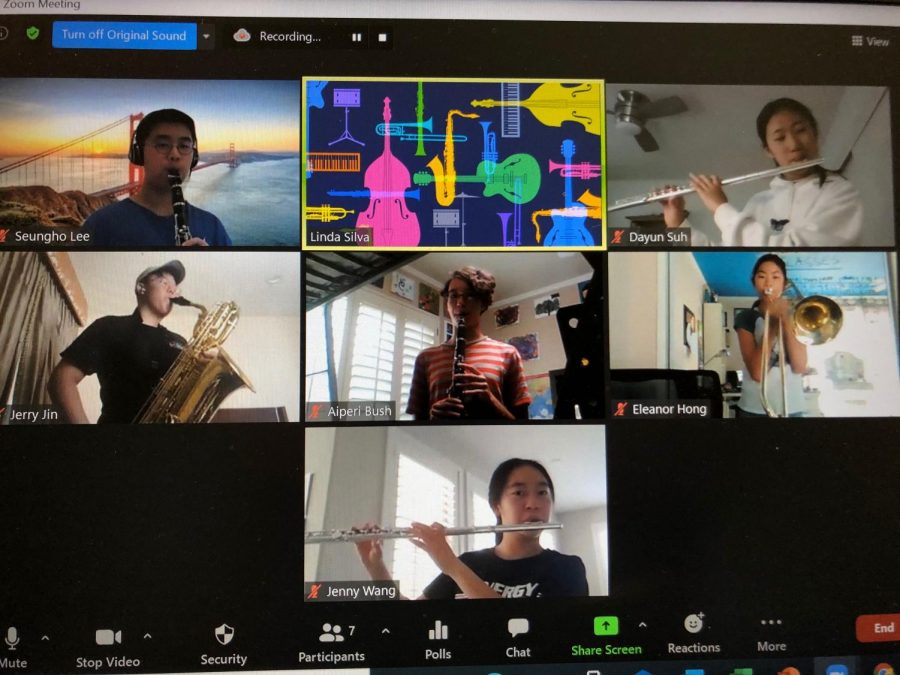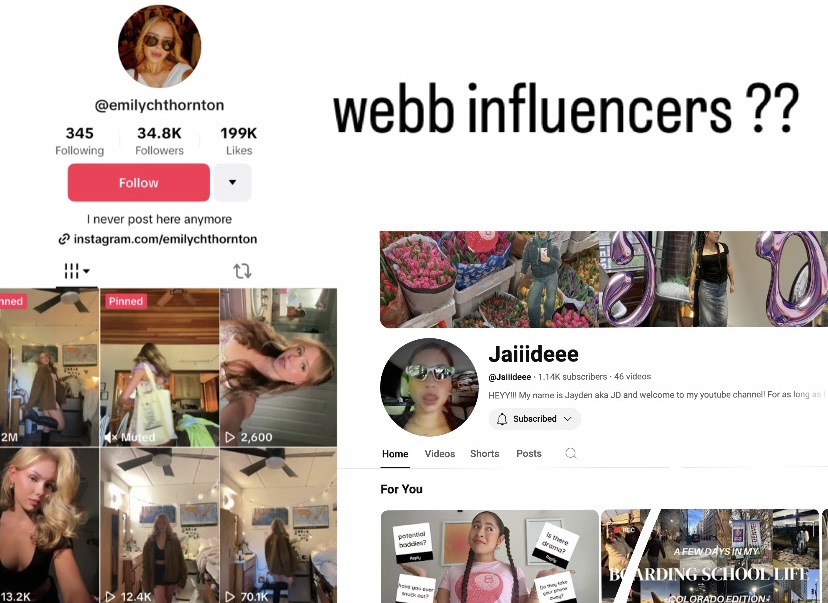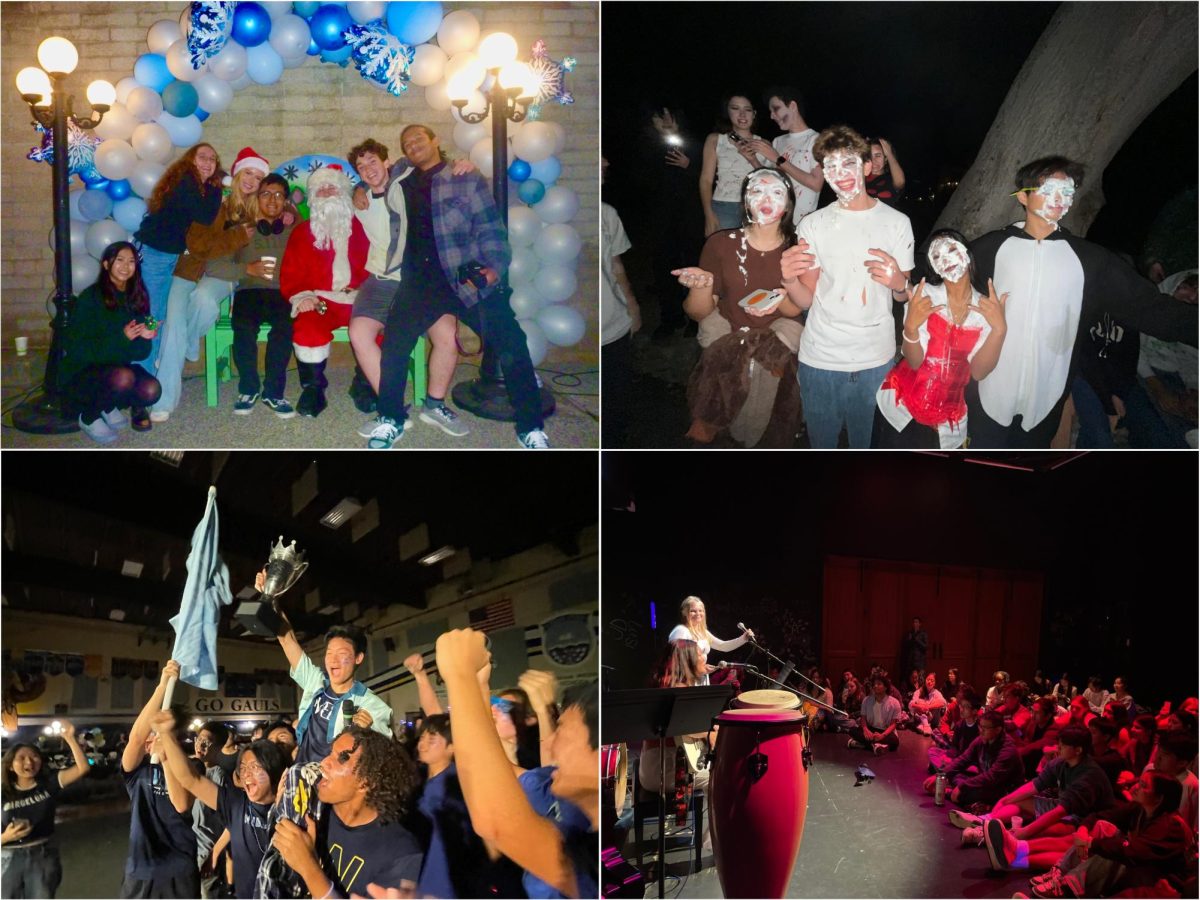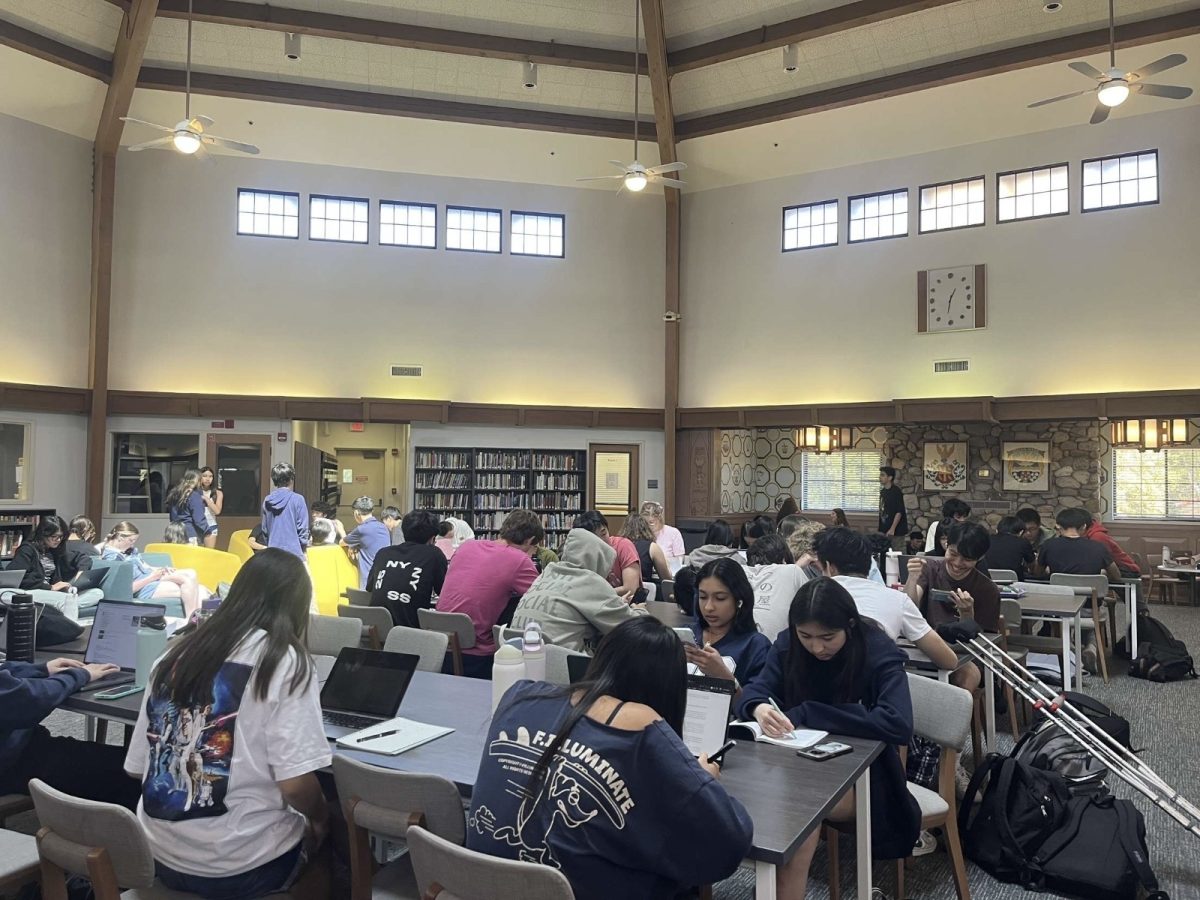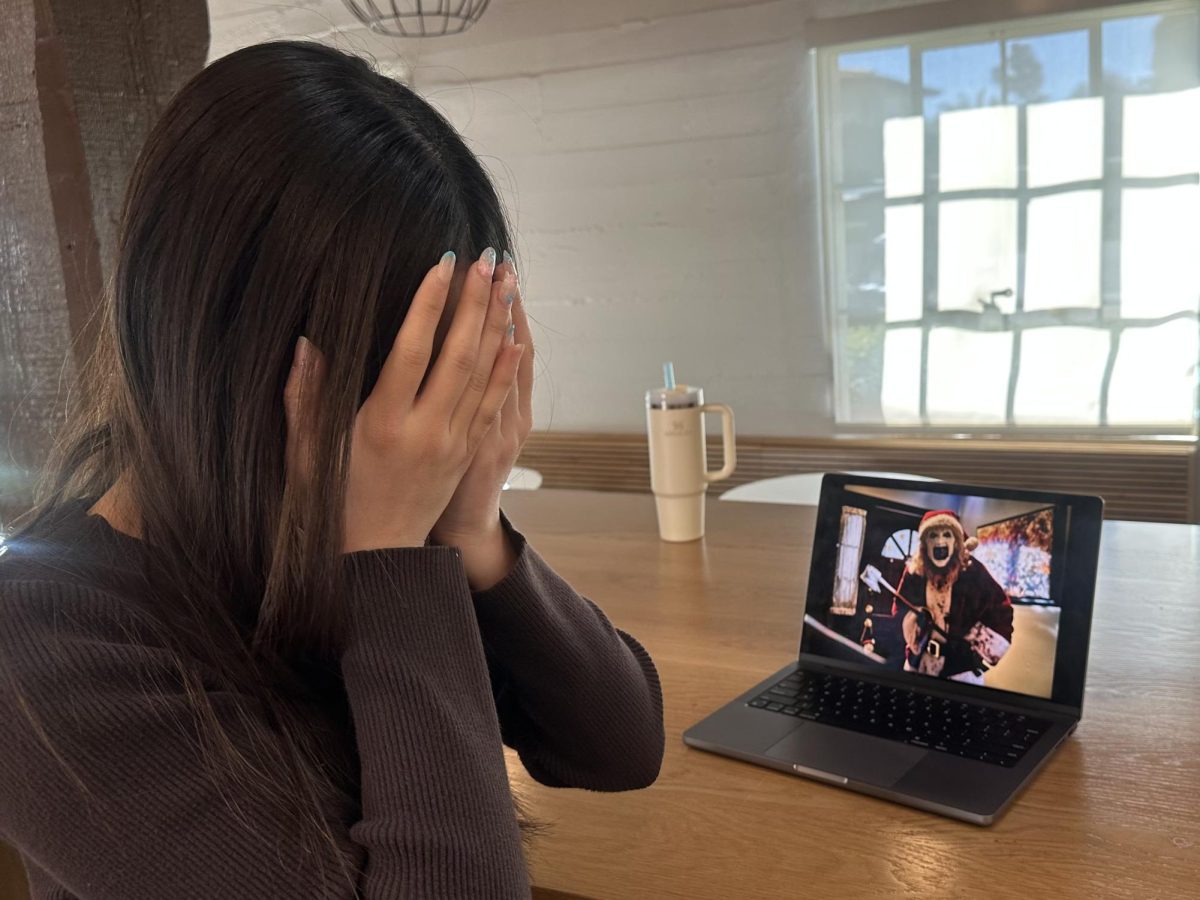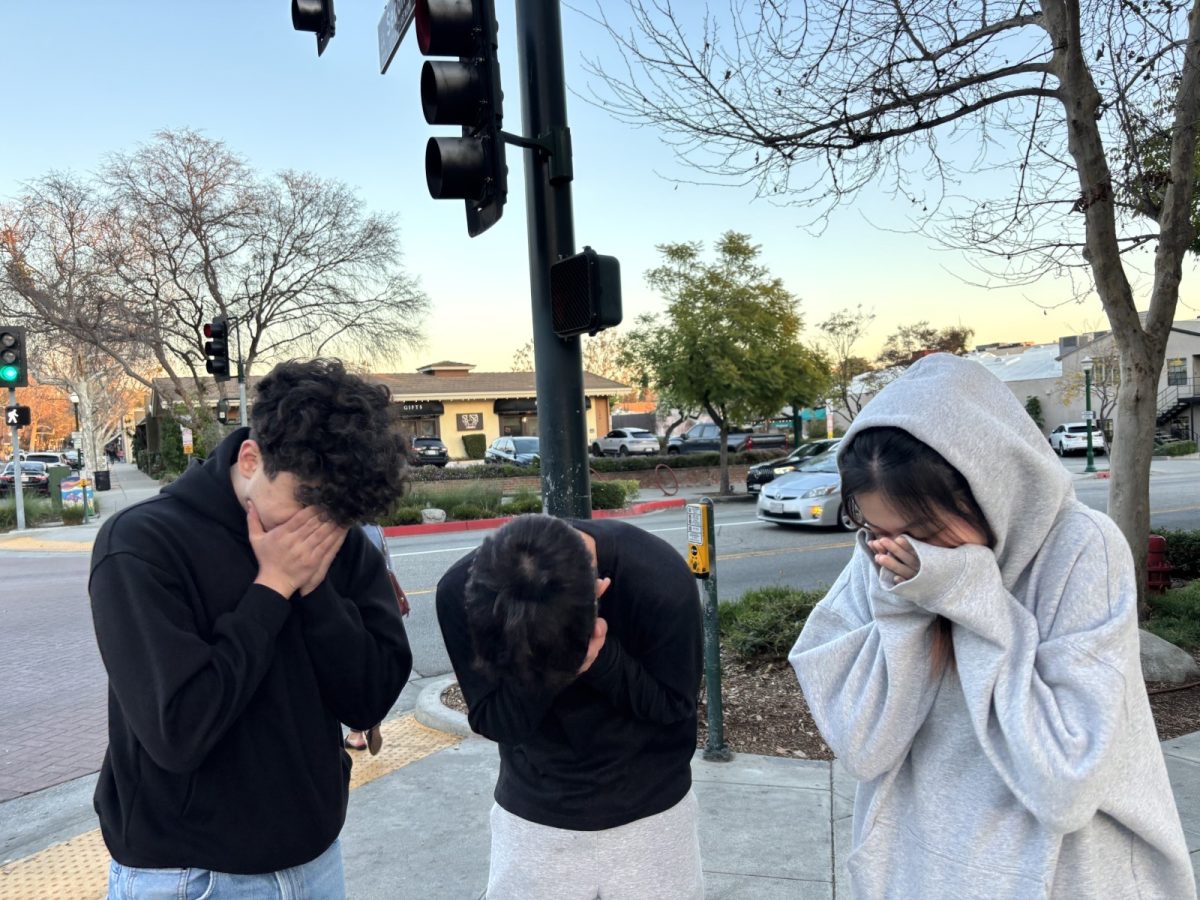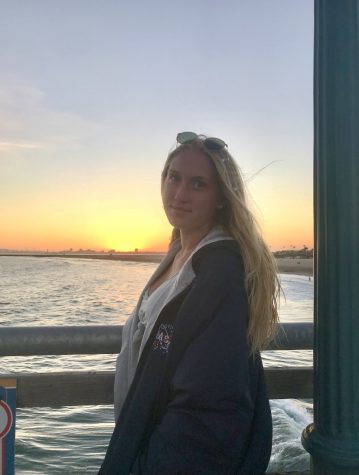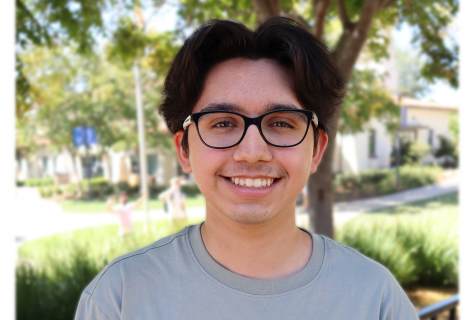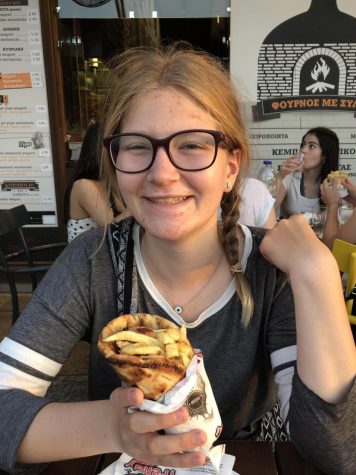This year’s classes look very different than a typical year at Webb. Online learning has changed the structure of many courses, especially regarding the Fine Arts, who have all had to adapt to these new circumstances in a variety of ways. Here’s how the Fine Arts classes are changing in order to teach primarily through a screen.
Studio Arts
The studio arts, including Art AB, Advanced Art, and Honors Studio Art, focus on forms of expression that are made in the moment and in person with physical mediums such as paint, graphite, or paper. Without an in-person connection between students, it has been difficult for teachers to monitor or advise students as they bring their piece to life.
“The biggest challenge is not being able to see the student’s desk or in-progress art while they are working,” says Dr. Ardina Greco, the teacher of Studio Arts. “Art teachers are most helpful in the moment, when they notice someone is facing a challenge or when they recognize an element of interest in a student’s work. Because I can’t see the work, I can’t bring attention to things happening in real time and I can’t recognize when a student might need one-on-one help.”
The overall structure of the Studio Arts classes has changed very little. In fact, there have been some benefits from creating art at home. For example, students have the freedom to use any materials they like, which often leads to more creative work being produced.
“The students have been able to work on the same exercises and projects as past art students,” says Dr. Greco. “Students this year have more flexibility with materials. If students were at Webb and working in the studio, I would have determined the exact papers they would be using for their first projects, but this year the students can choose on their own. In terms of structural change, the 45-minute class period does change the pace of the class and students need to work on their artworks between classes to keep pace.”
Media Arts
Media Arts, a class taught by Megan Horejsi, a Media Arts faculty member, also benefits from teacher-to-student interactions because students can receive feedback swiftly and easily. One potential issue is that most of the work in Media Arts is done with software that can be tricky to learn and master without a teacher’s direct guidance.
As a result of shortened classes and the lack of personal connection, students face difficulties with maintaining a creative mindset while dealing with excessive hours of screen-time with monstrous loads of homework.
“We’ve had to really take a hard look at what we teach and decide on the most critical components, skills, mindsets and techniques,” Mrs. Horejsi says. “45 minutes is very little time for creative work, so how do we ensure that we are fostering creativity as much as possible within this new timeframe?”
“The most difficult challenge has been making sure our students are feeling physically and mentally comfortable enough to be creative. We’re experiencing several worldwide crises all at the same time! It’s hard not to feel like the world is ending. All of our students are handling the situation in different ways, and doing a good job of it, but the reality is that stress, uncertainty, sleeplessness, lack of exercise, and disconnection all significantly impact your ability to be free and creative,” says Mrs. Horejsi.
Theatre
Typically held in the Copeland Donahue Theater, theatre classes are always full of excitement and energy. If you were to walk into a Theatre 1-2 class, you may see students posing in a tableau, performing a scene, or making their own Greek masks. In Shakespeare Through Performance, students even get to learn stage sword fighting techniques at the end of the fall semester. Rather than running around and rehearsing in Copeland Donahue, students are now learning theatre over Zoom.
“When I thought about my classes for this semester, I tried not to get bogged down with what we couldn’t do ‘as usual’, but rather, what might be possible in a digital space,” said Stefanie Plumley, Fine Arts Department chair. “To do that, I needed to first think about the essence of performance and the function of theater in ordinary circumstances.”
Students in the class Shakespeare Through Performance are adapting to the challenges of the new online performance space by relying heavily on the skills that they learned in their previous theatre classes.
“When we aren’t in person there’s less of a sense of anxiety around performing in front of people”, said Kylie Osborne (’23), “It’s a little more difficult than in–person classes because it’s harder to feed off each other and gauge the energy of the room.”
Webb theatre classes reflect what is happening in the larger theatre community. Despite not being able to perform in person in many places, artists and actors are still creating and sharing their work. Actors, both at Webb and in the wider theatre community, are learning how to keep on-screen performances engaging.
“It’s exciting that our virtual classes have become spaces where we can think about and develop new ways of performing and participating in theatre,” said Ms. Plumley. “For example, we’re currently discussing ideas about what theater is, and what it does for individuals and communities. And the most compelling question to my mind, why do people all over the world feel the need to create and participate in art and performance, even in the most restrictive circumstances?”
Orchestra and Chamber Singers
The Webb community prides itself on its magnificent performing arts programs, like the orchestra. Whether someone walks into the class as a beginner or has been playing for years, they will surely walk out with more knowledge and experience. Typically, this class is in person, allowing the members to collaborate and see how all their music sounds together.
“Instrumental music is a whole different world when it is done virtually,” said Linda Silva, fine arts department faculty. “The collaborative aspect changes completely.”
Students frequently use breakout rooms and the fortunate mute tools on Zoom to maintain a similar atmosphere to the in-person experience.
“Students are held accountable in a big way in this kind of learning environment because they are hearing themselves as a soloist far more often than they are used to in a full ensemble,” said Ms. Silva.
Participants in the Vocal Training and Chamber Singers courses offered by Sean Burns, fine arts department faculty, have also experienced some difficulties. Training one’s voice to hit certain notes is a talent, which like most things, takes practice. Learning and practicing these notes is especially difficult over an online platform like Zoom.
“It has been challenging to take the vocal arts classes into an online format,” said Mr. Burns. “There are some inherent limitations with Zoom in respect to time delays and making music simultaneously.”
As imagined, taking such courses online is more difficult than in person. However, rest assured the Webb students and faculty have got it under control and are making the best out of the toughest of situations.
“I have been impressed so far with the student’s creativity and adaptability to our class structural changes,” said Mr. Burns.
Besides working on Zoom, Mr. Burns and Ms. Silva both shared that they are working with an online platform called Soundtrap.
“This is a new skill for everyone — teachers included,” said Ms. Silva. “We are learning to record ourselves as if we are in a mini — recording studio.”
Until a return to campus, the arts courses at Webb are discovering creative ways to stay connected and make it seem as if we were together.


